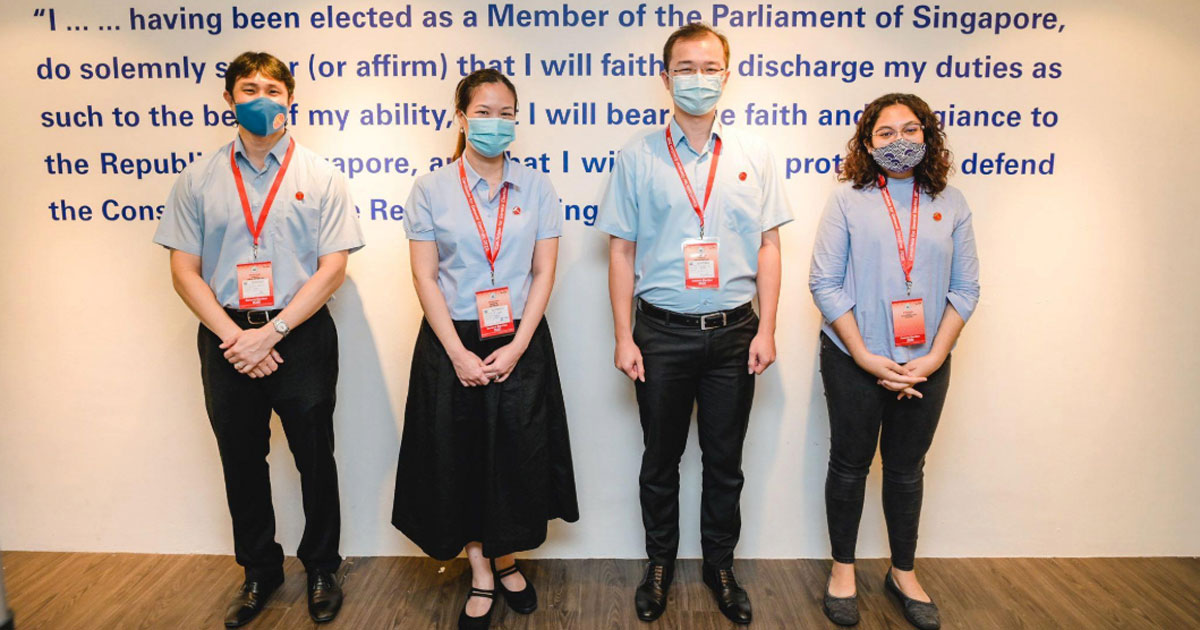by Laurie Chen
One month after makeshift hospitals opened to chaos and confusion at the epicentre of China’s coronavirus epidemic, frontline doctor Ma Yonggang is finally seeing more empty beds as fewer patients arrive.
When 43-year-old Ma was first summoned to a sports stadium converted into a medical facility on February 4, it was a virtual construction site with electrical wiring and beds still being installed.
Separated from his wife and young child who had returned to eastern Shandong province for Lunar New Year, Ma said he felt “scared and anxious” when the call from the jury-rigged Wuchang hospital came in the middle of the night.
But the situation has slowly improved, with the number of patients receiving treatment in the improvised hospital declining from a high of 760 in mid-February to 320 earlier this week.
“We had 30-40 patients being discharged per day, but the number of patients admitted was only a dozen or so. This was when the whole situation changed for us,” Ma, who is the hospital’s deputy director, told AFP in a video call from Wuhan.
“Now, we admit very few new patients and about three to four recovered patients are discharged each day.”
The situation Ma described tallies with officials’ accounts of a slowdown in new infections in Wuhan, an industrial city of 11 million people where the virus is believed to have emerged at a market that sold wild animals.
It was not always like this.
AFP saw people standing in line for hours to see doctors in Wuhan’s hospitals during the first weeks of the crisis, when the facilities lacked enough beds for the thousands of new patients.
Conditions ‘were quite bad’
Hastily converted from sports stadiums, schools and cultural venues, Wuhan’s 16 makeshift “ark” hospitals were designed to ease the burden on the city’s overstretched healthcare system.
But in the early stages of the outbreak, they also suffered from the same widespread shortages of medical protective supplies as the city’s designated hospitals, Ma said.
The hospitals offer basic treatment and diagnosis for patients with mild to moderate symptoms, as well as simple recreational facilities.
“When the hospital was opened, the facilities were only for controlling the outbreak, so the living conditions for patients and medical staff … were quite bad,” he said in the interview arranged by the State Council’s information office.
“Now, the conditions have improved a lot, for example now we have patient exercise areas and bathrooms, and we have indoor heating and catering services.”
Ma admitted that conditions fell short of patients’ expectations and those hoping for small rooms to themselves were not prepared for the open-plan layout of the makeshift hospital.
“Once they arrived, they realised that there were several patients in a large open room and began to doubt whether they could be treated successfully,” he said.
Mourning fallen doctors
More than 80,000 people have been infected and more than 3,000 killed by the new coronavirus in mainland China, with the majority in Wuhan.
Chinese health authorities and a team of World Health Organization experts say that at least 3,000 Chinese medical workers have caught the virus — mostly in Wuhan — and at least 11 have lost their lives.
But according to Ma, none of the medical workers at the city’s makeshift hospitals have been infected.
The death last month of whistleblower Li Wenliang, a 34-year-old Wuhan ophthalmologist who was punished for trying to alert people to the outbreak in December, unleashed a torrent of grief and anger at the authorities.
“We felt extremely sad at his death,” Ma said.
“We will always mourn (Li and the other fallen doctors), and we must learn from them and dedicate ourselves even more to fighting the virus.”
One of the latest victims was Li’s colleague, Mei Zhongming, who was deputy director of ophthalmology department at the central hospital and died from the virus on Tuesday.
While Ma said he was nervous about the possibility of infection, he remained committed to his duties.
“As Wuhan medical workers, this historic responsibility has fallen on our shoulders,” he said.
– AFP





